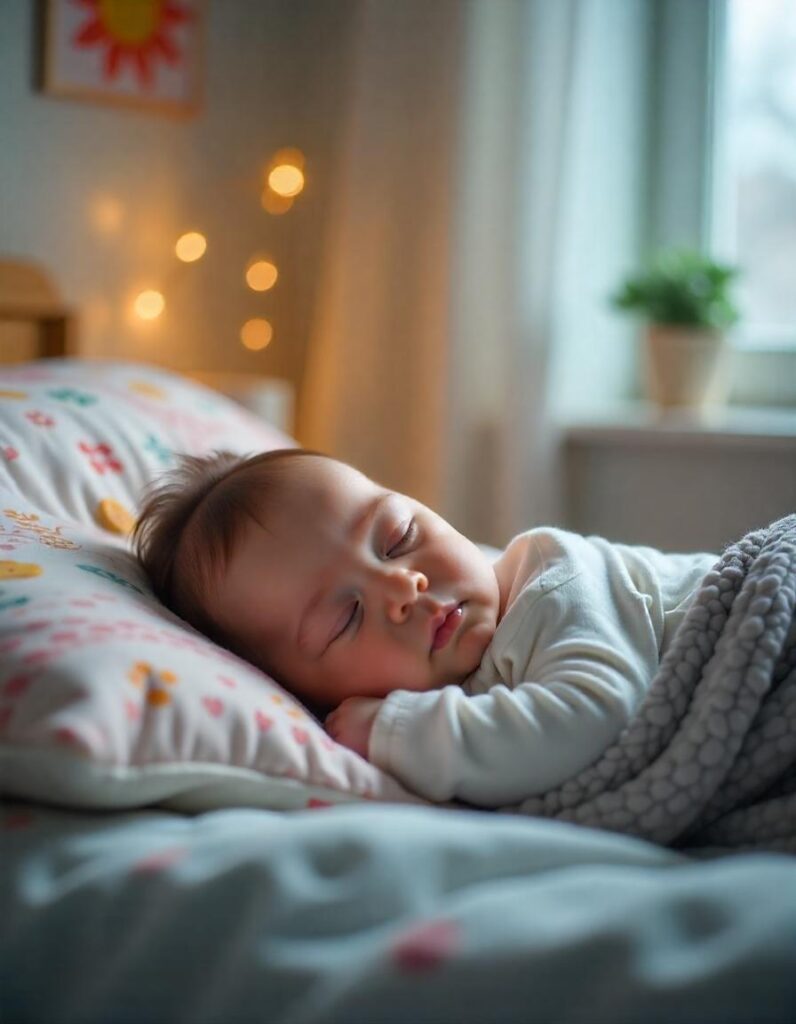Introduction
Choosing the right fabric for your child’s sleep is essential for their comfort, safety, and overall health. Kids have delicate skin and specific needs when it comes to sleepwear and bedding. A soft, breathable, and safe fabric not only promotes sound sleep but also ensures your child’s skin remains irritation-free. This blog explores the best fabrics for kids’ sleep, their benefits, and tips for selecting the perfect material for your little ones.
Why Fabric Choice Matters for Kids’ Sleep
Children spend a significant portion of their early years sleeping. The fabric that comes in contact with their skin plays a vital role in ensuring quality rest. Poor fabric choices can cause discomfort, skin irritation, or even allergies. Opting for high-quality, breathable, and non-toxic fabrics creates a safe sleeping environment for your child.
Top Fabrics for Kids’ Sleep
1. Cotton
Cotton is the most popular fabric for kids’ sleepwear and bedding, and for good reason:
– Breathable: It allows proper air circulation, preventing overheating.
– Soft and Gentle: Perfect for sensitive and delicate skin.
– Easy to Maintain: Machine-washable and durable.
– Hypoallergenic: Reduces the risk of skin irritation and allergies.
Best Use: Ideal for summer months or year-round in moderate climates. Look for 100% organic cotton for added safety.
2. Bamboo Fabric
Bamboo-derived fabrics are becoming increasingly popular for children’s sleepwear and bedding due to their eco-friendly properties:
– Moisture-Wicking: Keeps your child dry by absorbing sweat.
– Temperature-Regulating: Keeps the body cool in summer and warm in winter.
– Hypoallergenic: Suitable for children prone to allergies or eczema.
Best Use: A great choice for all seasons, especially for kids with sensitive skin.
3. Muslin
Muslin is a lightweight and breathable fabric that works wonderfully for kids:
– Soft and Stretchable: Provides a cozy fit without restricting movement.
– Highly Breathable: Ensures good airflow, preventing overheating.
– Durable: Withstands multiple washes, maintaining its softness.
Best Use: Excellent for swaddling, summer sleepwear, and blankets.
4. Jersey Knit
Jersey knit is a type of cotton fabric with added elasticity:
– Comfortable: Soft and stretchy, offering a snug fit.
– Breathable: Allows air to circulate, keeping your child comfortable.
– Affordable: Provides quality at a reasonable price.
Best Use: Suitable for pajamas, sheets, and lightweight blankets.
5. Flannel
For colder climates, flannel is a warm and cozy option:
– Insulating: Retains heat to keep your child warm during chilly nights.
– Soft and Gentle: Provides a plush and comforting feel.
– Durable: Maintains its texture after frequent washes.
Best Use: Perfect for winter bedding and pajamas.
Fabrics to Avoid
When choosing fabrics for your child’s sleep, it’s important to avoid certain materials:
– Synthetic Fabrics (Polyester, Nylon): These can trap heat and cause sweating, leading to discomfort.
– Harsh or Chemically Treated Fabrics: Fabrics with chemical dyes or finishes can irritate sensitive skin.
– Rough Textures: Fabrics like wool can feel scratchy and uncomfortable for children.
Tips for Selecting the Right Fabric
1. Check for Breathability: Opt for fabrics that promote airflow to prevent overheating.
2. Look for Hypoallergenic Properties: Choose fabrics that are less likely to trigger allergies or skin irritations.
3. Ensure Safety Standards: Select materials certified free from harmful chemicals
4. Match the Season: Lightweight fabrics like cotton and muslin work best for summer, while flannel is ideal for winter.
5. Prioritize Durability: Kids’ bedding and sleepwear should withstand frequent washing without losing quality.
Conclusion
The right fabric can make a world of difference in your child’s sleep quality. Soft, breathable, and non-toxic materials like cotton, bamboo, muslin, jersey knit, and flannel ensure your child sleeps comfortably and safely. Always consider factors like climate, fabric breathability, and your child’s specific needs when choosing sleepwear and bedding. By investing in high-quality fabrics, you’re not just ensuring a restful night’s sleep but also contributing to their overall well-being.


